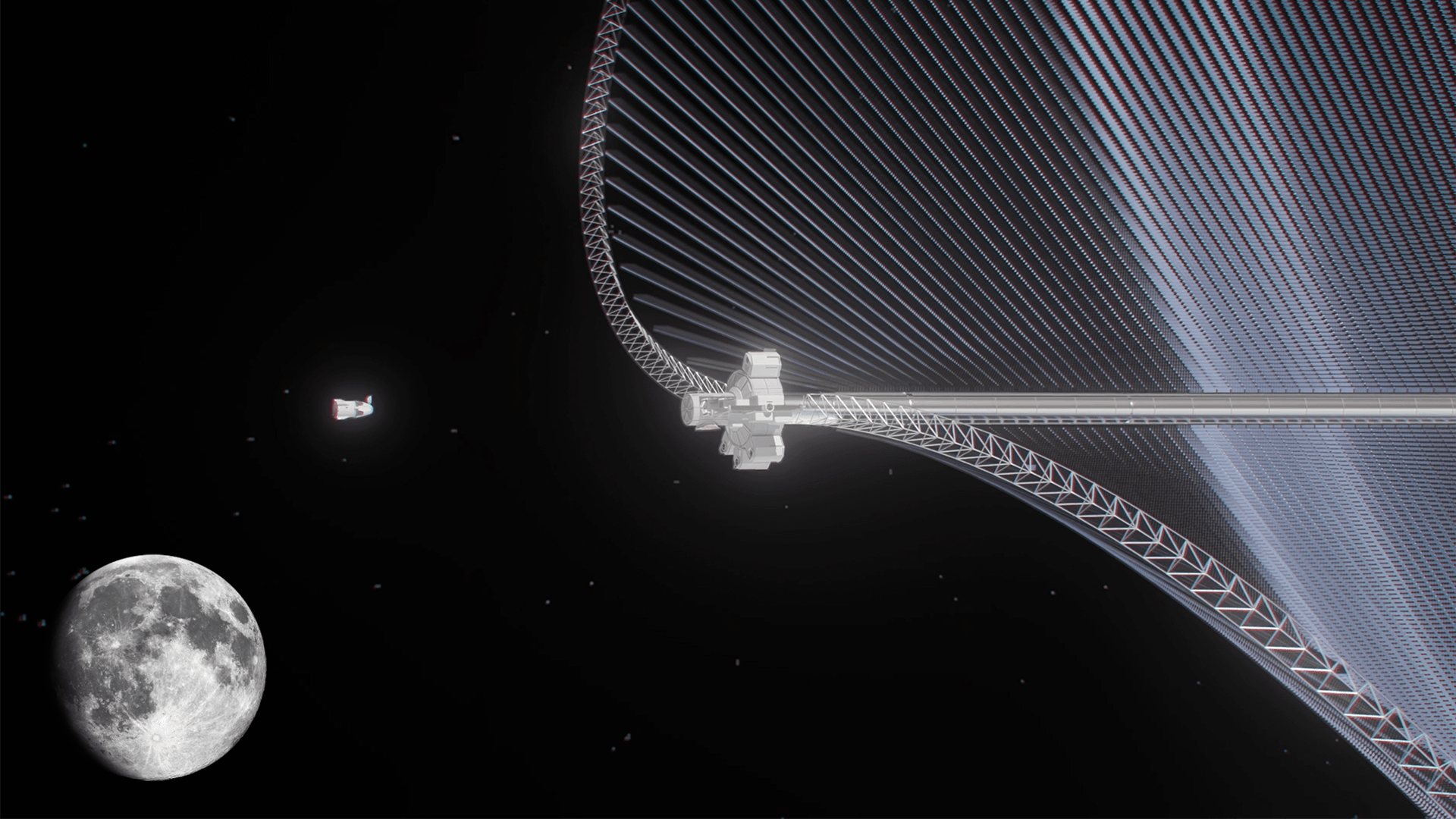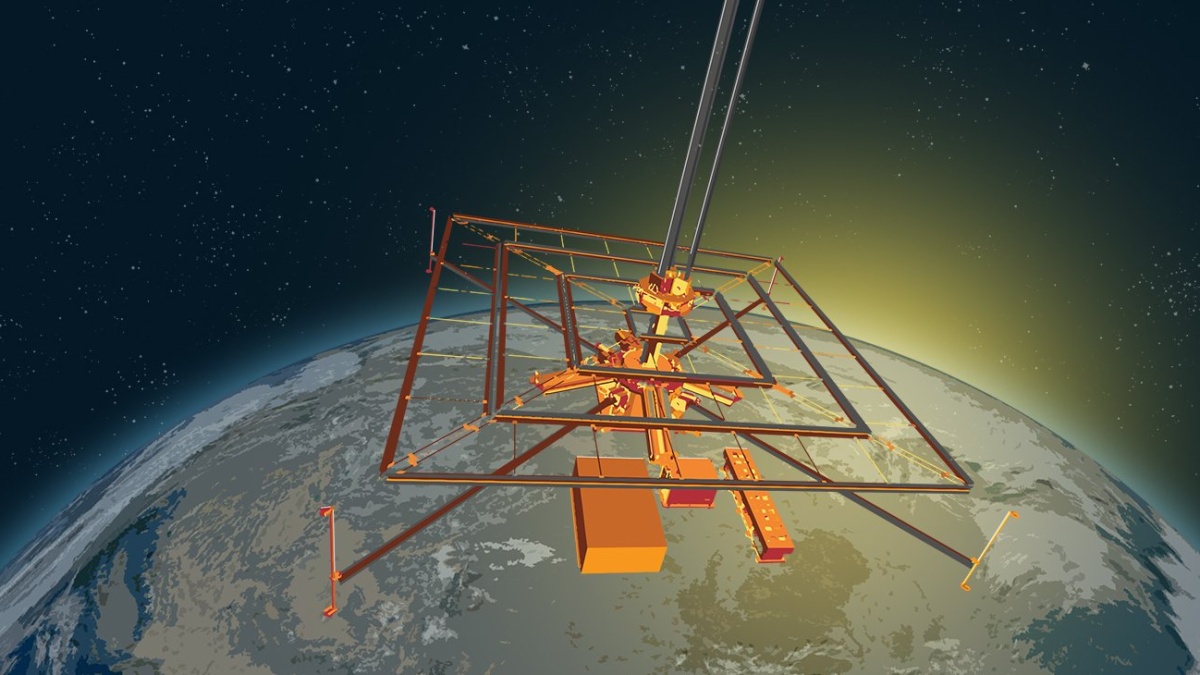Space-based solar power (SBSP) is considered one of the most promising technologies for addressing Climate Change. The concept calls for satellites in Low Earth Orbit (LEO) to collect power without interruption and beam it to receiving stations on Earth. This technology circumvents the main limiting factor of solar energy, which is how it is subject to the planet’s diurnal cycle and weather. While the prospect of SBSP has been considered promising for decades, it’s only in recent years that it has become practical, thanks to the declining costs of sending payloads to space.
However, the technology has applications beyond providing Earth with abundant clean energy. The European Space Agency (ESA) is also investigating it as a means of proving power on the Moon through the “Clean Energy – New Ideas for Solar Power from Space” study, which recently yielded a technology demonstrator known as the Greater Earth Lunar Power Station (GEO-LPS). This technology could provide a steady supply of power for future operations on the Moon, which include creating a permanent lunar base like the ESA’s proposed Moon Village.
Continue reading “Does Beaming Power in Space Make Sense at the Moon?”


